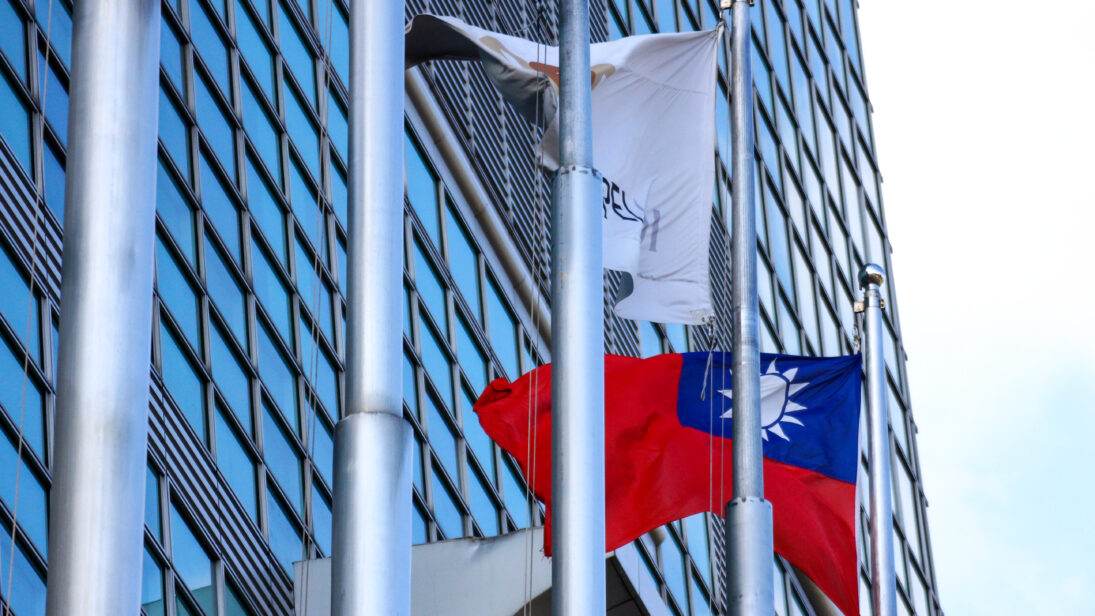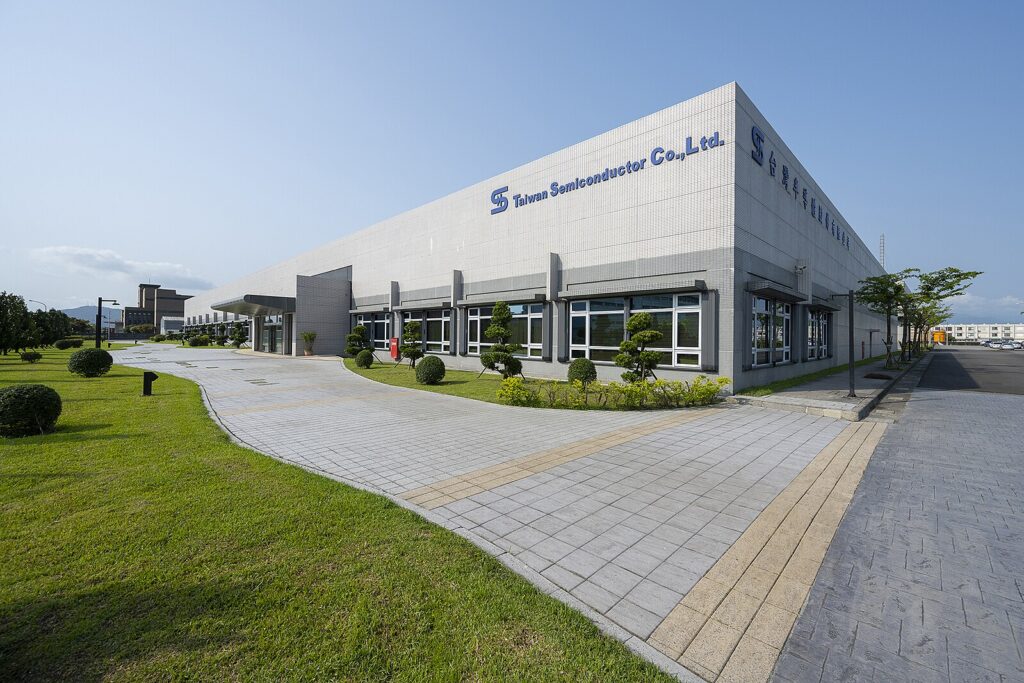
by Anushka Saxena
Since India launched its Look East Policy in 1991, India and Taiwan have worked towards building a crucial bilateral partnership. On the technological front, Taiwan is a significant partner for India vis-a-vis sharing of knowledge on development of semiconductors, cybersecurity, and telecom infrastructure. On the economic front, Taiwan is becoming an important destination for Indian migrant workers looking for jobs in the agriculture and manufacturing sectors abroad. To this end, a labor migration and mobility Memorandum of Understanding (MoU) was signed on February 16 by heads of the India-Taipei Association and the Taipei Economic and Cultural Center, New Delhi. The MoU is intended to make it easier for Indian workers to find jobs in the manufacturing, construction, and agriculture sectors in Taiwan, thereby mitigating Taiwan’s labor shortage and India’s surplus labor problems.
However, since the labor mobility MoU was signed, the India-Taiwan relationship has been controversial. This controversy erupted when, during a talk show interview, Taiwan’s Labor Minister Hsu Ming-chun said that the Ministry will first recruit Indian Christians from Northeast India, not only because they are more “adept” at manufacturing, construction, and farming, but also because “their skin color and dietary habits are closer to ours [Taiwan’s].” Naturally, the statement invited backlash from the Indian community, and led Hsu to also issue an apology, all within a week’s time.
As Taiwan’s quick and apologetic response highlights, the partnership between New Delhi and Taipei will improve in the coming years. While the economic and technological relationship has made significant strides, there remains untapped potential in trade and cybersecurity and a convergence of interests vis-a-vis an increasingly assertive Beijing.
Milestones and Opportunities in the Partnership
India and Taiwan are gradually expanding their bilateral partnership, as is best seen in the progress made within the semiconductor industry. Even though the semiconductor partnership between the two sides has witnessed a lot of back and forth in the past few years, with a coveted deal between Foxconn and Vedanta going belly up in July 2023, recent announcements bring with them some cause for celebration. On February 29, the Indian Union Cabinet approved India’s first Artificial Intelligence-enabled chip fabrication facility in Gujarat, to be set up jointly by Tata Electronics and Taiwan’s Powerhouse Semiconductor Manufacturing Corporation (PSMC). This partnership will enable Tata Electronics to access PSMC’s technological knowledge portfolio specifically in the high-volume fabrication of mature semiconductor nodes in the country, thereby contributing to the Indian government’s Make in India initiative.
Another key area for continued collaboration for India, Taiwan, and other partners is cybersecurity. As victims of transnational Chinese cyberattacks, India, the United States, and Taiwan have already begun deliberating joint efforts to secure cyberspace, the digital economy, and associated critical information infrastructure. The first meeting for this endeavor took place in New Delhi in December 2023, as part of the U.S.-led Global Cooperation and Training Framework (GCTF). Japan, too, is part of the GCTF initiative, and together, the four sides can collaborate on standard-setting in cybersecurity.
Further, there has been a multifold increase in trade between India and Taiwan since the Taipei Economic and Cultural Center’s New Delhi Office was established in 1995. However, there remains untapped potential. Trade between the two sides actually declined by 2.78 percent in 2023 from 2022, despite the fact that there are many sectors with considerable consumer demand for Indian products in Taiwan, such as cotton and sesame seeds. A report by the Indian Ministry of Agriculture and Farmers Welfare argues, for example, that in 2021, India exported USD $16.65 million worth of sesame seeds to Taiwan, which constitutes an important part of the diet in many districts of the island. However, Taiwan’s total imports of sesame seeds from the world were valued at USD $62.78 million, while India’s total exports of sesame seeds to the world that same year amounted to USD $421.54 million. There is a similar observable trend in cotton trade in 2021, where India’s total export to the world was a whopping USD $2.682 billion, of which only USD $9.93 million went to Taiwan, even as the island imported USD $1.44 billion worth of cotton. These numbers make evident that there is a wide gap between the actual and potential amount of Indian exports of consumer goods to Taiwan.

The China Factor
The China-Taiwan relationship, a significant factor influencing stability and security in the Indo-Pacific, continues to evolve in a dynamic fashion. With the 1992 consensus as its Northstar, China has left no stone unturned in iterating that the Taiwan question is purely an internal matter of the People’s Republic. However, with the involvement of stakeholders like the United States and the government of the Democratic Progressive Party in Taiwan that have encouraged the internationalization of the issue, China has become more assertive and belligerent.
From the Indian perspective, no outcome ending in an invasion or conflict is ideal, and the status quo is the preferred way forward. A China-Taiwan conflict will inevitably damage India’s economic and national security, as nearly 55 percent of India’s sea trade also passes through the South China Sea and the Taiwan Strait. In this regard, any conflict in the Taiwan Strait runs the risk of blocking crucial shipments, and Taiwan’s security is linked with India’s maritime trade vision. Moving forward, as part of its broader Taiwan policy, India should make efforts to communicate clearly to China India’s vested interest in the maintenance of cross-Strait status quo.
It is no secret that India acknowledges the existence of “One China.” However, the fact that no official government statement since 2009 has supported the phrase expressly indicates India’s discontent with China’s salami-slicing tactics along the Line of Actual Control. In fact, in 2014, India’s then External Affairs Minister Sushma Swaraj argued that “For India to agree to a One-China policy, China should reaffirm a One-India policy.” Since the Galwan Valley conflict in June 2020, such firmness in India’s stance on cross-Strait relations has become more important than ever before.
Scope for Progress
Despite the progress made between the two sides, barriers continue to exist to expand the partnership. India’s image in Taiwan remains marred with disinformation and fears that the MoU would create an undue influx of Indian migrant workers in Taiwan and steal the islanders’ jobs. This calls for an efficient public diplomacy campaign to alleviate racism towards Indians in Taiwan and to make details of the MoU public. Vis-a-vis the former, such a campaign can be carried out through increased student exchanges, publicity highlighting the positive aspects of the India-Taiwan friendship, and frequent parliamentary visits from both sides. People’s diplomacy is especially relevant at a time when Taiwan is witnessing small-scale protests against a potential influx of Indian migrant labor on the island, even as the government is opening doors for workers and Indian students alike. And on the latter, the fact that the Taiwanese labor minister has already begun issuing clarifications about the facilitating nature of the MoU and the regulated allowance of migrant workers entering Taiwan is welcome news.
Barriers to the expansion of trade are structural too, ranging from the need for tax and tariff-related reforms in India’s import ecosystem to the lack of price competitiveness of India’s agricultural exports. However, it is worth noting that as India increasingly opens up for new investments and business partnerships amidst its efforts to reduce dependence on China, trade ties with Taiwan may likely expand. India is already home to USD $4 billion in investment from over 250 Taiwanese companies across sectors, and as per Taiwanese industry leaders, this investment is only likely to go up manifold in the coming years.
Overall, New Delhi and Taipei are building a partnership by leveraging technological advancements, economic cooperation, and shared security concerns, while navigating controversies and barriers to trade, investment, and people-to-people ties. With the two sides making active efforts to open up new avenues of cooperation, the controversies are only likely to be dispelled and the barriers are only likely to lower.
source : southasianvoices
